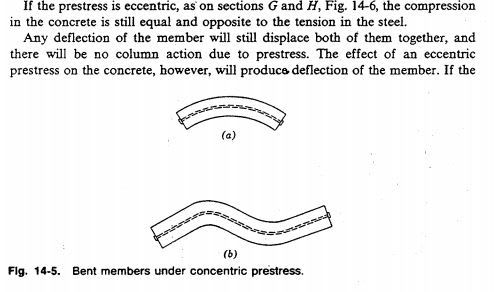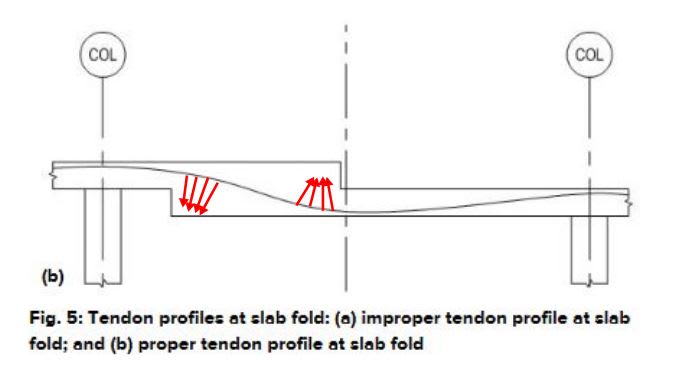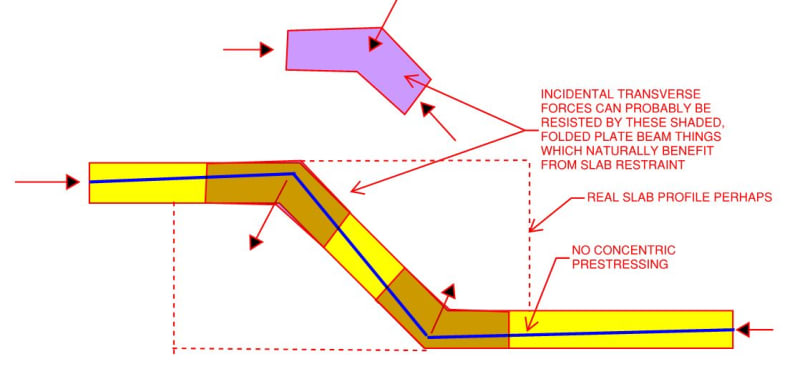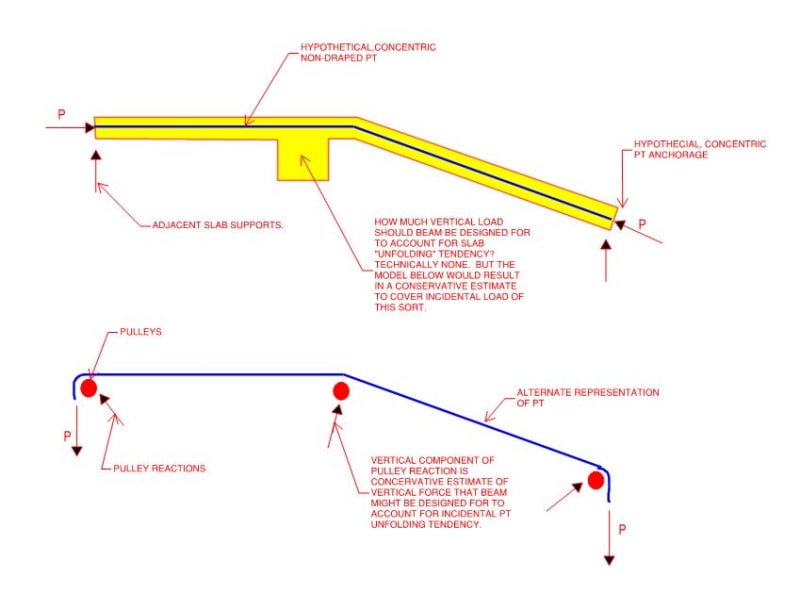mmodfr2013
Structural
I am reviewing my company's slab fold details for unbonded post-tensioned elevated slabs, and in doing document research I haven't found much of a consensus on how slab folds should be treated. I attached a clip from a magazine article that gives the kind of information I've been seeing, which is fairly general in nature. I was wondering if anyone could share their input on design checks or calculations that are relevant. I've look at the balanced load calc (8PA/12L^2) but it doesn't seem to apply very well in these local areas. I've seen other engineers assumed a harped tendon path and just work up an FBD to get a normal force to the slab surface at the fold, but that doesn't seem quite right either.




